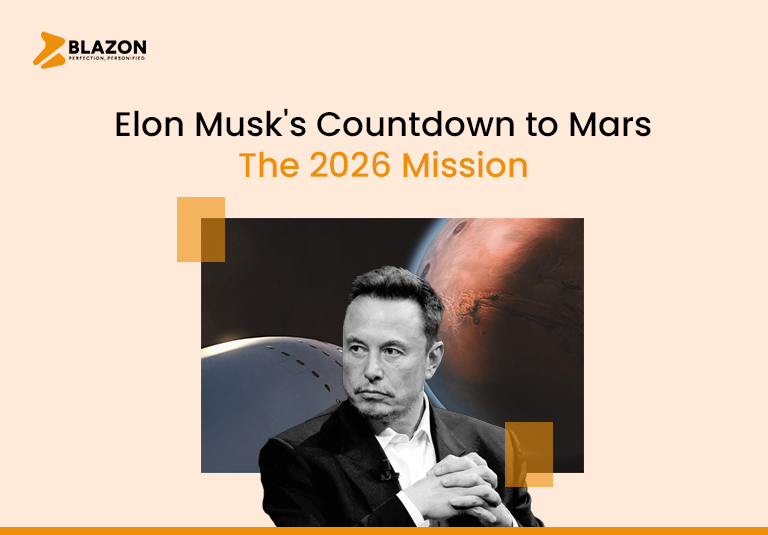With a new age in space exploration about to begin, Elon Musk’s ambitious plan for a human expedition to Mars has people’s attention everywhere.
The objective of SpaceX, a commercial space technology company owned by Elon Musk, is to send its first trip to Mars in 2026, during the Earth-Mars transfer window. Based on the Hohmann transfer orbit theory, the next window, which happens roughly every 26 months, will open in October 2024.
Space X
Elon Musk established SpaceX, a ground-breaking aerospace company and space transportation enterprise, in Hawthorne, California, in 2002.
The group wants to revolutionize space technology and make space travel more accessible and affordable.
The Falcon 1, the first liquid-fueled rocket manufactured privately to reach orbit, and the Falcon 9, a recyclable launch vehicle that has drastically lowered launch costs, are two notable accomplishments.
Mars: A Vision of the Future
Musk has longer-term goals for Mars than just scientific research. To ensure humanity’s long-term existence, he seeks to construct a self-sustaining human settlement on the planet.
The Starship rocket, intended for deep space exploration and equipped to carry both humans and cargo, is a key component of this idea.
Musk intends for the Earth-Mars transfer window of 2026 to initiate the next stage of exploration, stressing the value of cooperation, creative problem-solving, and environmentally friendly methods.
Earth-Mars Transfer Windows: A Physics Study
Every two years, Earth and Mars approach each other when Earth’s orbit catches up with Mars’, bringing the Sun, Earth, and Mars into a straight line known as opposition.
In March 2003, when the two planets were 35 million miles (56 million kilometers) apart, Mars came the closest to Earth ever.
When Earth and Mars line favourably in their orbits around the Sun, there is a window of opportunity that occurs roughly every 26 months. October of this year will mark the next chance to launch a spacecraft toward the Red Planet, but the 2026 transfer window is receiving a lot of attention.
This window of opportunity allows spacecraft to reach Mars with maximum fuel efficiency, which makes it the best time for missions.
When traveling to Mars during this ideal window, the average trip takes six to eight months, a considerable reduction from missions that start outside of this window, which may take years.
Final Thoughts
Elon Musk’s ambitious and revolutionary plan for the Mars Mission 2026 captures the passion of space exploration.
The mission to Mars is more than just a journey; it’s a turning point in mankind’s history of exploration and survival.


